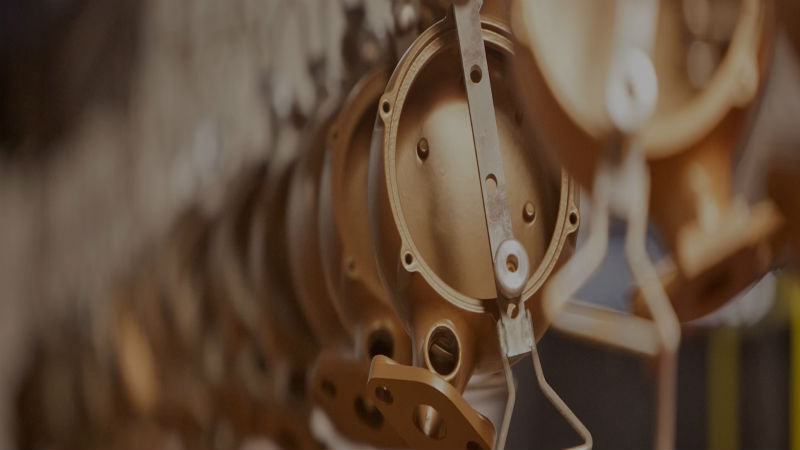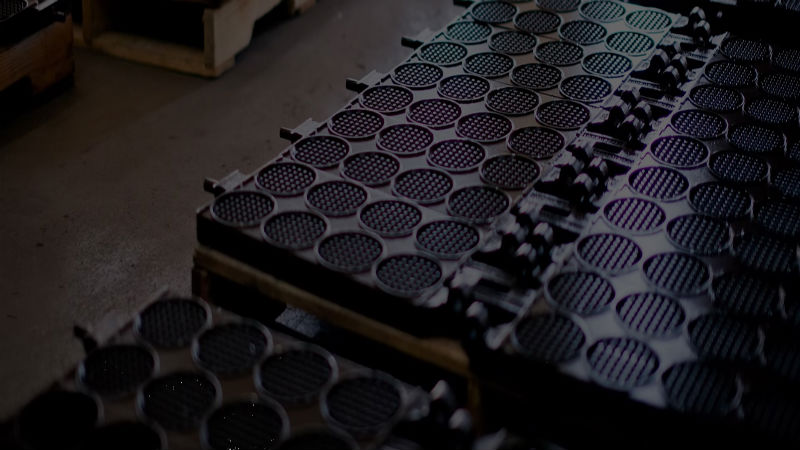Passivation is the process of treating or coating a metal in order to reduce the chemical reactivity of its surface; it is a critical step in rust prevention on parts and components machined from stainless steel. Stainless steel passivation is the process by which free iron from the surface of the metal is removed by submersing it in an acid bath. When the surface iron is removed, other components of the alloy, such as chromium and nickel, are left behind as a surface layer over the steel. When they are exposed to air, these components oxidize to protect the steel from corrosion.
Why Stainless Steel Passivation is Necessary
When done properly, stainless steel passivation can make the difference between a well-performing part and one that fails prematurely. If performed incorrectly, it can induce corrosion. A freshly machined part that is clean and polished or pickled should automatically acquire a protective oxidization when it is exposed to oxygen. However, environmental contaminants from routine machining procedures can be transferred to the surface of a component. These contaminants can affect the overall performance or longevity of a part.
During the machining process, small amounts of free iron may be worn off of the cutting tool and transferred to the surface of the stainless steel part. This free iron can cause rust to appear on the part and, in some cases, compromise the part itself (and not just its surface). Similarly, small particles of shop dirt can adhere to the part surface. These invisible particles often contain free iron, which can lead the part to rust once it has been exposed to air.
Some stainless steels have sulfur added to them in order to increase machinability. Sulfides allow stainless steels to form chips that cleanly break away from the cutting tool during the machining process. However, sulfides can provide starting points for corrosion on the surface of a fabricated part. Passivation can prevent corrosion in this case as well.
Maintenance
The passivation process does not protect a part indefinitely. Even once a part has gone through the passivation process, the corrosion-resistant surface can be compromised through mechanical means or heat or chemical damage. Under these circumstances, iron is exposed and the part is at risk of rusting. As a result, stainless steel passivation may need to be performed regularly.



